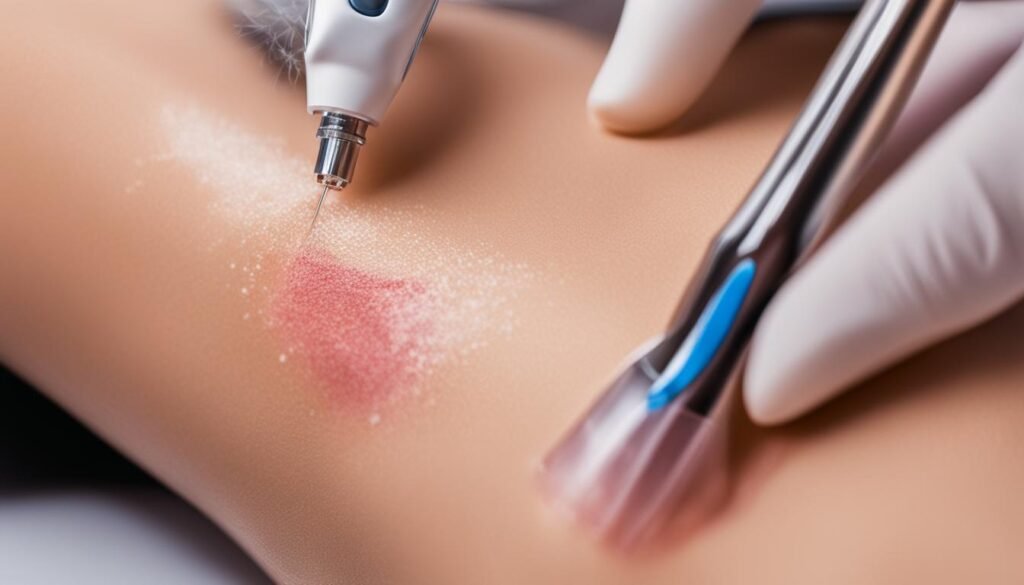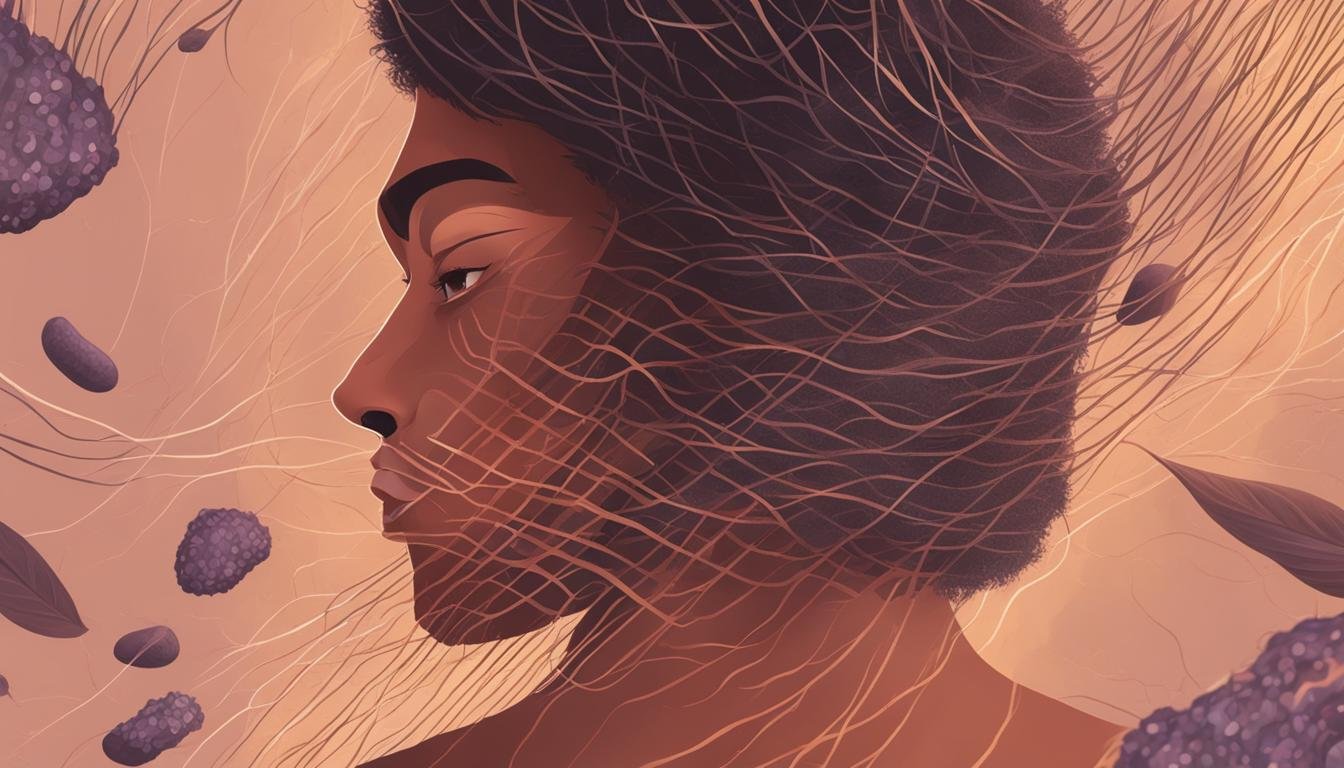Hair growth on scars may seem unusual, but it can occur in some cases. While scars are typically devoid of hair follicles, certain factors can trigger the growth of hair around or within the scar tissue. This phenomenon is still not fully understood, but it is believed to involve the regeneration of the epidermis and its appendages.
Trauma and localized triggers such as pressure, friction, burns, insect bites, and infections are potential factors that can stimulate hair growth on scars. The exact mechanism behind this process is unclear, but various signaling pathways and growth factors have been implicated. Understanding the interaction between scar tissue and hair follicles may lead to new treatment options for scar-related hair growth.
It’s essential to explore the causes and implications of hair growth on scars to better understand this intriguing phenomenon and develop effective management strategies. In the following sections, we will delve into the factors influencing scar tissue healing, available treatment options, recommendations for shaving over scars, and tips for dealing with hair growth on scars.
Factors Affecting Scar Tissue Healing
The healing process of scar tissue can vary from person to person. Several factors play a role in determining the healing process and the potential for hair growth on scars. The depth and severity of the scars, as well as the individual’s healing response, are crucial factors to consider.
Some individuals may develop deep scar tissue or keloids, while others may experience minimal scarring. Scar tissue itself does not contain hair follicles, which are necessary for hair growth. If the hair follicles are damaged during the formation of the scar, it can result in the absence of hair growth in the scarred area.
Understanding these factors is essential in managing and treating scars to achieve optimal healing and minimize the appearance of scars.
Treatment Options for Managing Hair Growth on Scars
While natural hair growth may not occur on scars, there are treatment options available to manage and address excessive hair growth on scars.
One effective treatment option is scar revision surgery. This procedure involves transplanting hair follicles into the scarred area, allowing for the growth of new hair. Not only does this help cover the scar, but it also creates the illusion of natural hair growth, providing a more aesthetically pleasing appearance.
Another approach to managing hair growth on scars is through laser hair removal or electrolysis. These techniques can be used to remove unwanted hair around scars, preventing hair from growing in undesired areas.
It is crucial to consult with a healthcare professional or dermatologist to determine the best treatment approach for managing hair growth on scars. They will be able to assess your specific situation and recommend the most suitable treatment option based on your individual needs and circumstances.

By exploring these treatment options, individuals can effectively manage and reduce the visibility of hair growth on scars, helping to improve their overall self-confidence and well-being.
Shaving Over Scars and Hair Growth
Shaving over scars is generally safe, especially for old and flat scars. However, extra caution should be taken when shaving over keloid scars, as they are raised and can be more sensitive and prone to irritation. Using a sharp razor and shaving in the direction of hair growth can help minimize the risk of further injury or irritation to the scar tissue. It is advisable to consult with a dermatologist or healthcare professional for personalized advice on shaving over scars.
Tips for Dealing with Hair Growth on Scars
Managing hair growth on scars can be a challenge, but there are effective strategies to minimize their appearance and create the illusion of natural hair growth. Here are some useful tips to help you deal with hair growth on scars:
1. Hair Fibers or Concealers: Consider using hair fibers or concealers specifically designed for covering scars. These products adhere to the existing hair and provide instant coverage, making the scars less noticeable. Choose a shade that matches your hair color for a seamless blend.
2. Layered Hairstyles: Opt for layered hairstyles to add volume and fullness to your hair, which can help conceal scars. Layers create dimension and texture, diverting attention away from the scarred area. Consult with a professional hairstylist to find the best layered haircut that suits your hair type and scar location.
3. Skincare for Scars: Taking care of your scars can improve their overall appearance. Keep the scarred area moisturized using a scar-specific moisturizer or oil, as hydrated skin tends to look healthier. Additionally, protect your scars from sun exposure by applying sunscreen with a high SPF. Sun protection helps prevent hyperpigmentation and keeps the scars from becoming more noticeable.
Remember, every scar and healing process is unique. For personalized recommendations and proper guidance, it is essential to consult with a healthcare professional or dermatologist who can assess your specific situation and provide expert advice tailored to your needs.
